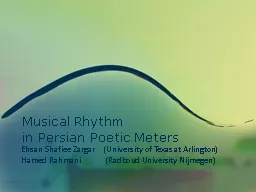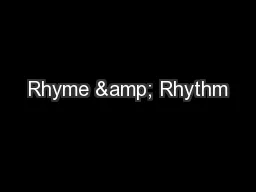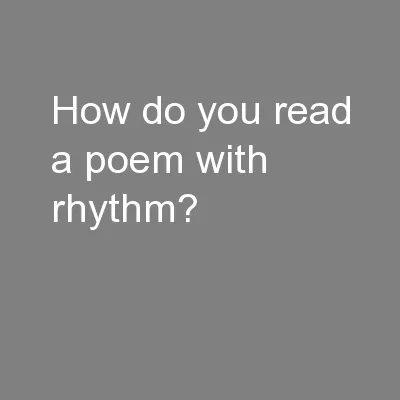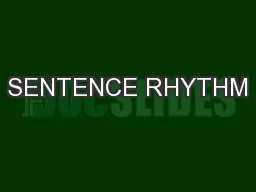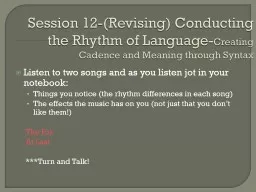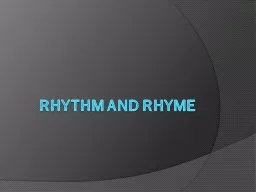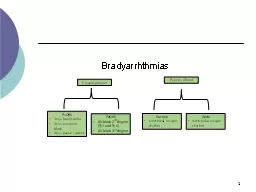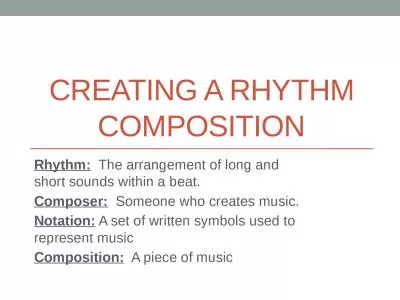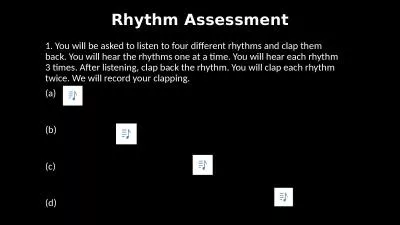PPT-Musical Rhythm
Author : briana-ranney | Published Date : 2017-10-19
in Persian Poetic Meters Ehsan Shafiee Zargar University of Texas at Arlington Hamed Rahmani Radboud University Nijmegen Hamed Rahmani Hamed Rahmani PhD student
Presentation Embed Code
Download Presentation
Download Presentation The PPT/PDF document "Musical Rhythm" is the property of its rightful owner. Permission is granted to download and print the materials on this website for personal, non-commercial use only, and to display it on your personal computer provided you do not modify the materials and that you retain all copyright notices contained in the materials. By downloading content from our website, you accept the terms of this agreement.
Musical Rhythm: Transcript
Download Rules Of Document
"Musical Rhythm"The content belongs to its owner. You may download and print it for personal use, without modification, and keep all copyright notices. By downloading, you agree to these terms.
Related Documents

